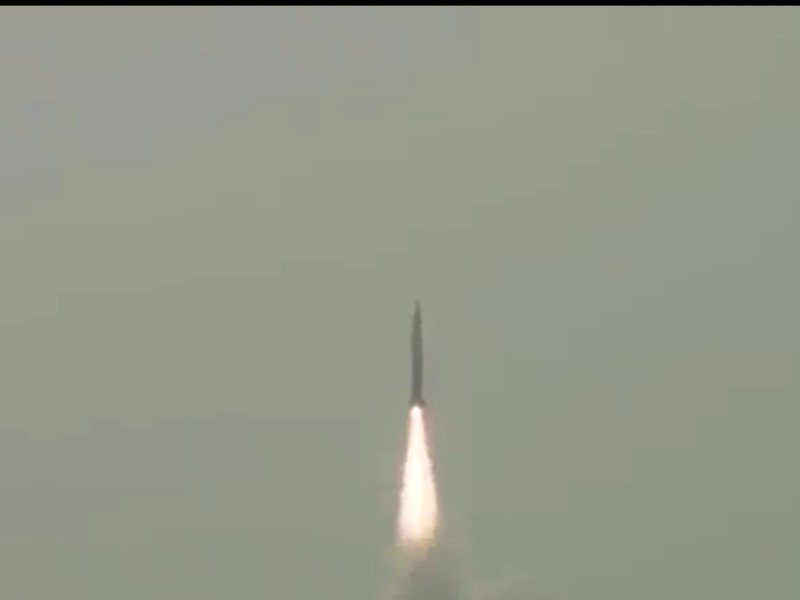Pakistan has conducted a successful flight test of Shaheen-1A surface-to-surface ballistic missile, aimed at re-validating certain design and technical parameters of the weapon system, the military said.
According to a statement issued by the Inter-Services Public Relations (ISPR) on Thursday, the flight test was witnessed by Director General Strategic Plans Division Lieutenant General Nadeem Zaki Manj, NESCOM Chairman Dr Raza Samar, Commander Army Strategic Forces Command Lieutenant General Muhammad Ali and the scientists and engineers of strategic organisations.
The statement said that the Director-General Strategic Plans Division congratulated scientists and engineers on the successful conduct of the flight test. He appreciated the technical prowess, dedication and commitment of scientists and engineers for their excellent contribution.
According to the ISPR, President Arif Alvi, Prime Minister Imran Khan, Chairman Joint Chiefs of Staff Committee Gen Nadeem Raza and Services Chiefs congratulated the scientists and engineers on this achievement.
In March, the armed forces had conducted a successful test launch of the Shaheen 1-A medium-range ballistic missile.
"The missile spanned a range of 900 kilometres and the test flight was aimed at the re-validating of various design and technical parameters of the weapon system including an advanced navigation system", said the military's media wing.
Earlier, Pakistan conducted a successful training launch of the Babur IA cruise missile.
The cruise missile has a range of 450 kilometres and can be launched from either a submarine or a land-based quad-launcher.
In 2018, the military conducted the first successful submarine launch of the Babur cruise missile, giving Islamabad a credible second-strike capability and augmenting the existing deterrence regime.
Pakistan today conducted successful flight test of #Shaheen-1A surface to surface ballistic missile https://t.co/KErttJVMcP pic.twitter.com/xbrbZe2jyB
— Radio Pakistan (@RadioPakistan) November 25, 2021

